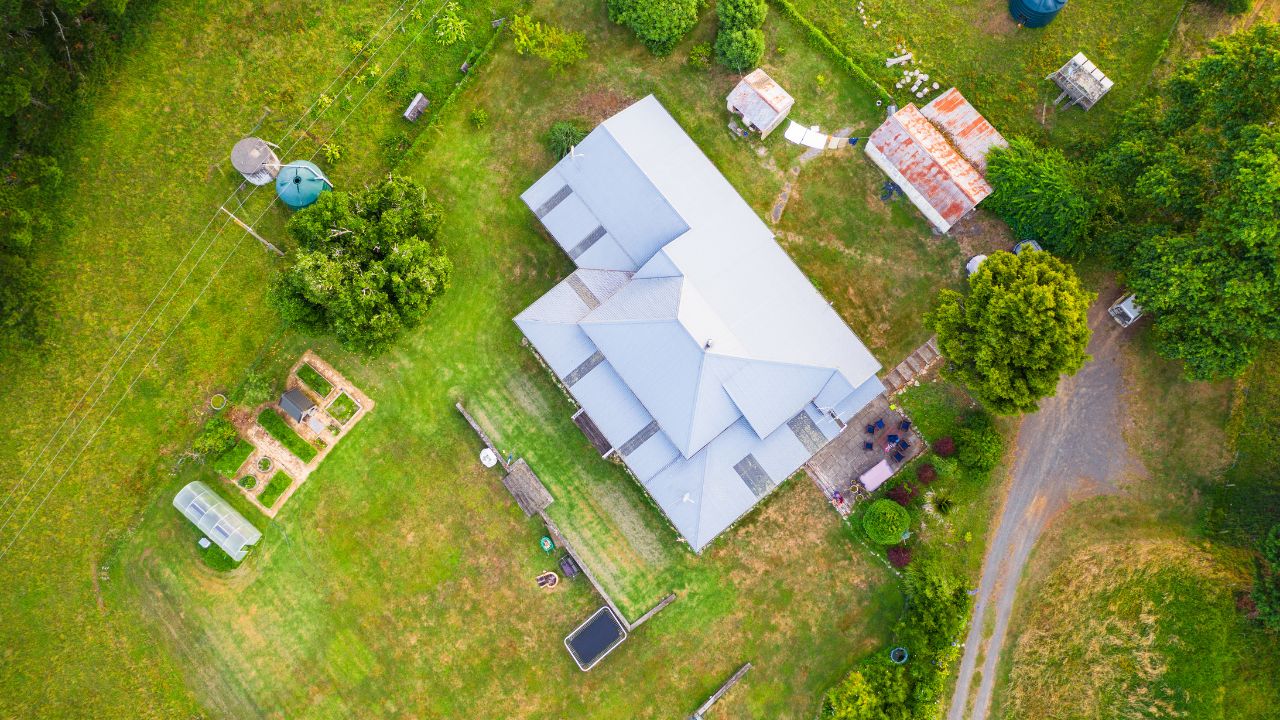Australia’s farmland market has recorded its first slowdown in more than a decade, as buyers and sellers pause after 12 consecutive years of value growth. Analysts say tighter conditions and shifting demand across regional property types are prompting a recalibration in the market heading into 2026.
In the latest episode of Bendigo Bank Agribusiness’ Unpacking Ag podcast, agricultural analysts Sean Hickey and Joe Boyle examined how farmland values are adjusting after years of rapid appreciation and what this means for property sales and investment confidence in the year ahead.
Bendigo Bank Agribusiness Senior Agricultural Analyst Sean Hickey said recent conditions have tempered activity levels.
“Properties are taking longer to sell as the result of current market conditions which have pushed the number of farm sales downward to a 30-year low.”
According to Hickey, buyer caution is particularly evident in areas where returns are more variable.
“We’re seeing that particularly across more marginal areas, buyers are either looking to hold off on purchasing decisions or shifting their goalposts for business expansion plans entirely, particularly for cropping, where lacklustre cereal prices will remain a headwind in regions still dealing with drought.”
Despite that, Hickey said the broader rural property market continues to show resilience, supported by improved seasonal conditions and a more positive outlook for 2026.
“Ongoing strength in livestock markets revived sentiment in 2025, which should prove supportive in terms of demand for grazing properties over the back half of the year where seasonal conditions were positive, but we saw a real divergence in terms of commodity prices for the livestock and cropping sectors over the last 12 months, which has shifted demand for grazing versus cropping land.”
“The improved rainfall totals we saw across the country are also expected to remove a key headwind to demand over the back half of 2025 and into 2026, so it will be interesting to see if this pattern continues,” he said.
Agricultural Analyst Joe Boyle said the softer market reflects temporary headwinds rather than structural weakness.
“While we haven’t seen many reports of increases in distressed sales, dry conditions across much of the country in 2025 were a major headwind to demand, contributing to diminished buyer appetite.
“Dairy farmers are benefitting from a rise in farmgate milk prices, but margins across the dairy sector remain under pressure which is limiting price growth in those dairying areas.”
He added that while some regions were constrained by feed and input costs, others remain well placed for renewed growth.
“Limited feed for livestock also remained an issue across South Australia and Victoria with feed and fodder costs skyrocketing, impacting demand for grazing properties, however, we see Queensland and New South Wales remaining well positioned for growth in 2026.”
Boyle said that interest rate cuts and improved rainfall could be key turning points for the rural real estate market.
“We’re beginning to see a general shift in sentiment towards a more positive tone, at least from a high-level perspective.
“A further rate cut or two, combined with the hope for some better seasonal conditions have the potential to remove or at least reduce some of those major demand headwinds, so we’re anticipating a return to modest growth across 2026,” he said.

